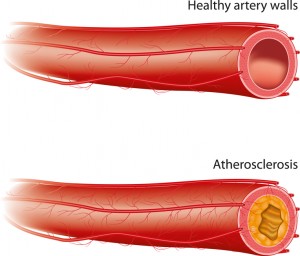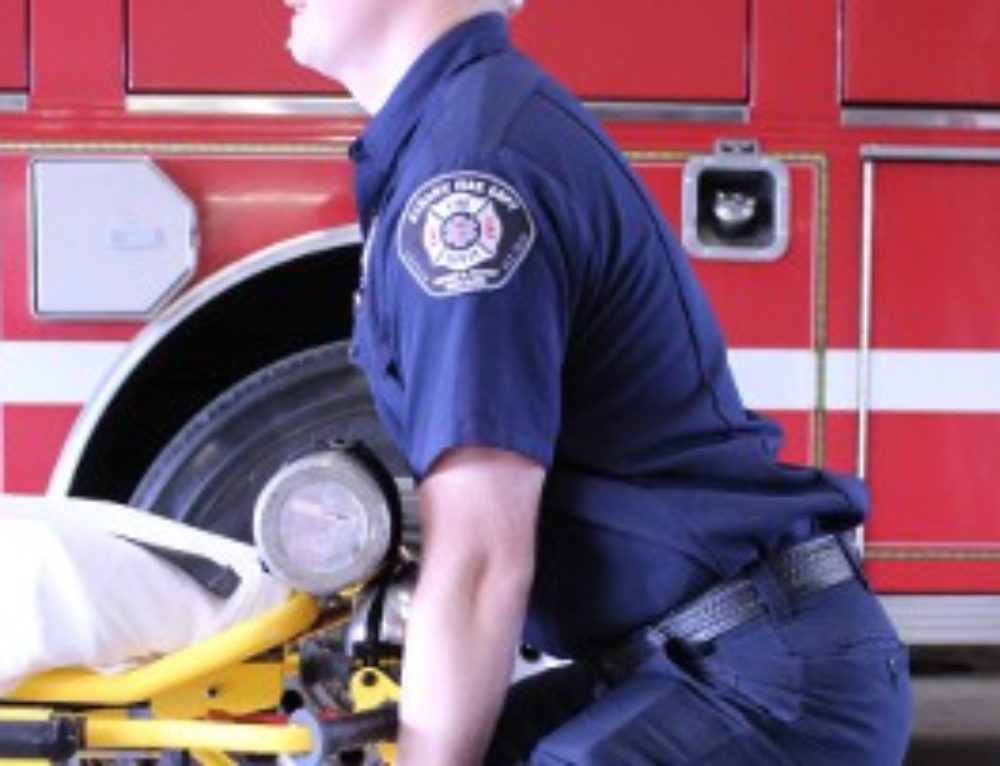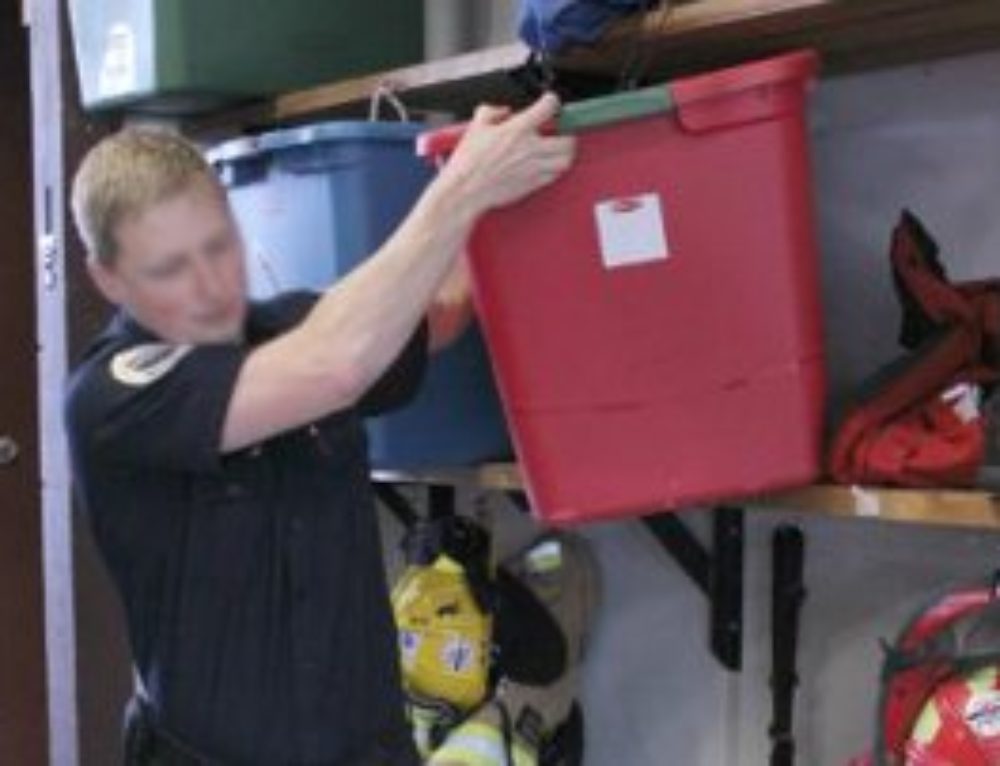For a variety of reasons (some preventable, some not) firefighters are more likely to develop heart disease than the general population. Research shows that firefighters who have established heart disease are 35 times more likely to die of a heart attack on duty.
50% of firefighter deaths are due to heart attack. But these do NOT happen at random! They happen in firefighters with risk factors…
Data illustrates that almost all firefighters who die of a heart attack possess one or more of the risk factors for heart disease. Even if you have not been diagnosed with heart disease, possessing just one risk factor makes you 4.4 to 12 times more likely to die of a heart attack or stroke on duty.
There are 6 major heart disease/heart attack risk factors:
- obesity
- high blood pressure
- high blood glucose (development of type II diabetes)
- poor blood cholesterol (high LDL/total cholesterol and low HDL)
- low aerobic fitness/being sedentary
- smoking
The term “heart disease” is the lay term for “cardiovascular disease (CVD).” The most common form of CVD is atherosclerosis which is characterized by a buildup of fatty plaque in the vessels which narrows their opening and makes them rigid.
Systemic inflammation (an overactive/chronic immune response) caused by stress, sleep deprivation, smoking and other behaviors can contribute to the development of these risk factors while the risk factors themselves, especially obesity, cause inflammation too, resulting in a cycle. I’ll discuss more about this next week.
Is it just genetics?
While “family history of heart disease/heart attack” is considered a risk factor, a person who lives a very healthy lifestyle will NOT develop heart disease. However, because genetics does control about 40% of our physical characteristics, some people may have a genetic predisposition to developing a heart disease risk factor. So some people may have to work harder than others to say, keep their cholesterol down, but they still have the ability to avoid it.
How to know if you’re at risk
It’s important to understand that heart disease develops over time; it’s not something you catch one day like a cold. So if you regularly monitor your risk factors you will know whether or not you are developing heart disease. Even if you think you’re too young, that may not be true. In the many firefighter fitness tests that I’ve conducted over the years I’ve seen even very young, seemingly healthy people with risk factors!
Note that the heart disease risk factors are chronic diseases in and of themselves. And most are painless – another reason it’s important to monitor them regularly. For example, people typically cannot feel when they have high cholesterol, high blood glucose or even high blood pressure.
Click on the articles below to learn how much your risk of on-duty heart attack increases if you possess any of the risk factors, and exactly what you can do to prevent and treat these diseases.
If you’re not on my list to get more health tips like these, enter your name and email below.





Dr.,
I would love the references to the above statistics, as I am developing a protocol for cardiovascular assessment (beyond the NFPA guidelines) for the members of my department.
Thank You,
Tom
Hi Tom, the research is mainly by Kales. I created a cardiovascular assessment specifically for firefighters that was published in a scientific journal in August of 2014. http://journals.lww.com/nsca-jscr/Citation/2014/08000/Development_of_a_Walking_Aerobic_Capacity_Test_for.32.aspx
If you’d like to learn more about it send me an email at karlie@fitfordutyconsulting.com!
[…] for Duty Consulting has started a new series on heart disease and firefighters. Learn more about risk factors and how to manage […]
I am 62 yrs old and have been in the fire service for 42 yrs. Three years ago, I experienced some PVCs on a treadmill during our annual fire brigade clearance. Even though my cholesterol and triglyceride counts had been in the normal range for a number of years and I was jogging/power walking 12 to 15 miles per week, my cardiologist ran the complete battery of test to find out the cause of the PVCs. Within hours of having a cath performed, I was being prepared for cardiac bypass surgery. I had 40, 60, 70, and a 90 percent blockages. I had absolutely no symptoms and was considered in excellent health. The fire brigade clearance absolutely saved my life. I was back on the job in 41 days and am still very active. Just thought I would share with you that there may not be any symptoms at all but, the annual physical exam can be a life saver.
Hal, I’m so grateful that you shared this! As you made clear, it is absolutely essential that firefighters have a cardiac stress test every year. Every year I do hundreds of treadmill tests with an EKG on firefighters in Oregon. There have been many cases where firefighters who have no physical symptoms elicit heart rhythms, like frequent PVC’s, that warrant further testing with a cardiologist.
Sometimes the firefighter has a good idea of the reason (stress, smoking, excessive caffeine use) and this motivates them to make changes in their lives and behaviors.
I know there are similar stories with firefighters in southern California where I first began doing firefighter fitness tests with Santa Ana College.
You guys work to protect others and someone’s got to work to protect you! Your story makes that clear- and that’s why I do this. Thanks again for sharing.